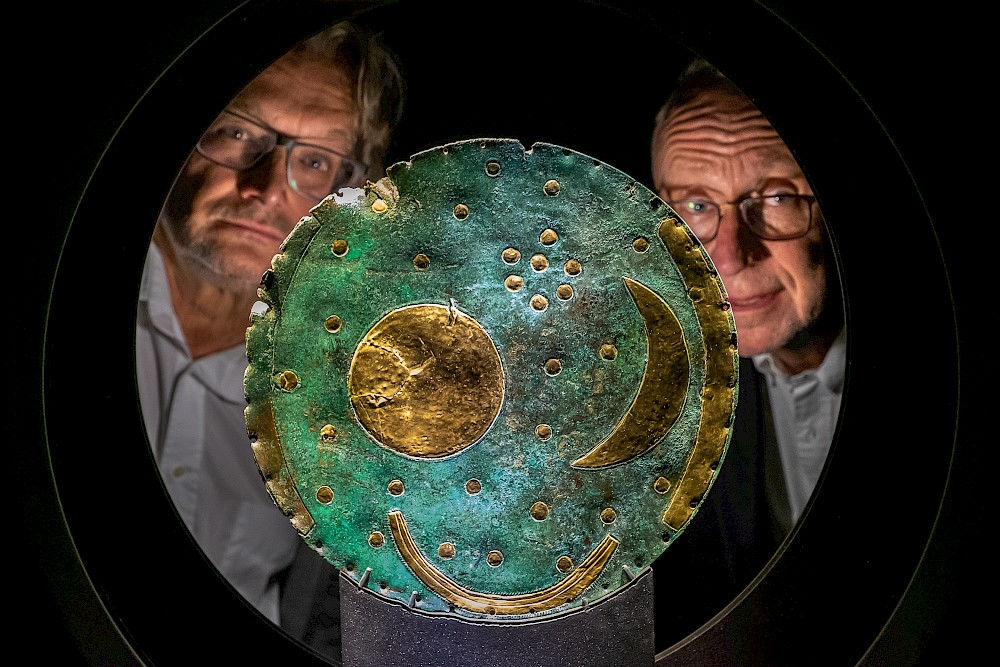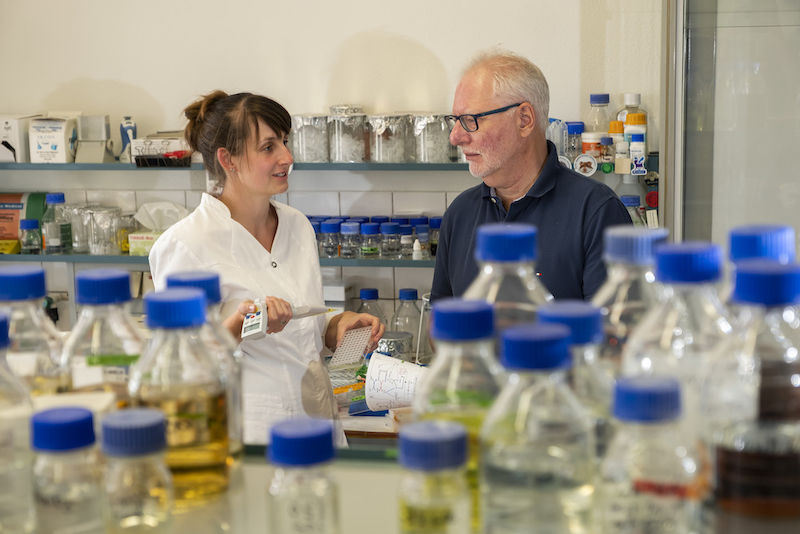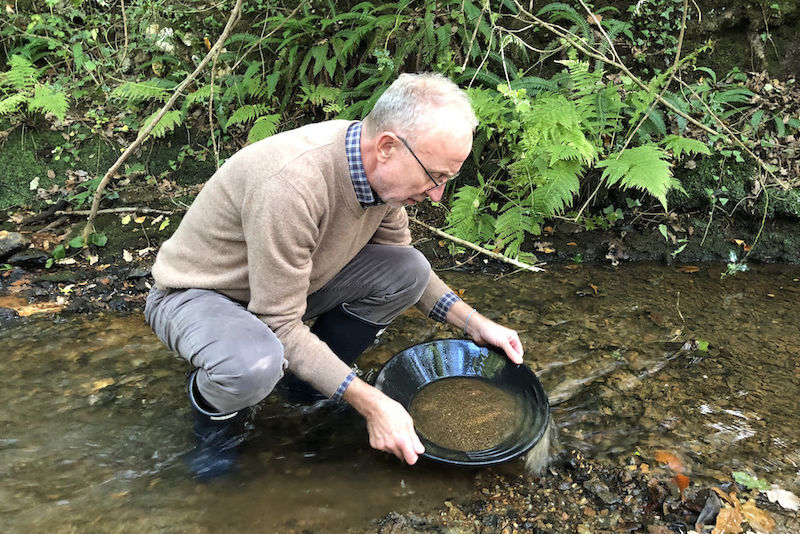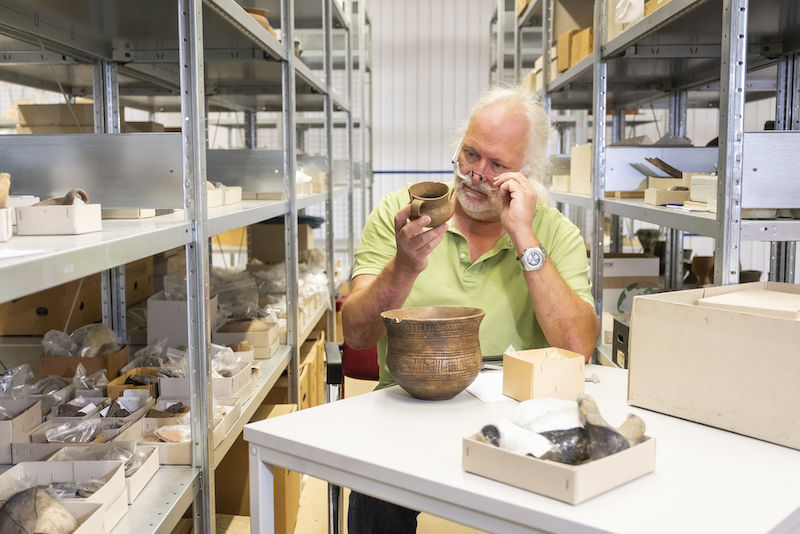Gold fever

The trail leads to Cornwall
The Nebra Sky Disk was discovered 20 years ago. Researchers from Halle have been studying the spectacular find – including its 32 grams of inlaid gold. read more>>
Early networks
For eight years, Professor François Bertemes coordinated research on the context of Nebra Sky Disk. The discovery of the disk has prompted archaeologists to completely rethink their notions about life in the Early Bronze Age. read more >>
The tiny philosopher’s stone

The bacterium C. metallidurans is most notable for its perseverance, thriving in areas contaminated with heavy metals. It has attracted the attention of a research group in Halle, led by Professor Dietrich H. Nies, but for an entirely different reason: it produces microscopic gold nuggets. read more>>


